The staggering costs involved in rebuilding Brechin after Storm Babet and trying to protect the town from another flood catastrophe have been laid bare.
More than a year on from the disaster, two key reports will be considered by Angus councillors this week.
They were commissioned by Angus Council following the October 2023 weather chaos.
And documents reveal the grim forecast that the River Street flood scheme, completed in 2016 at a cost of £16million and designed to withstand a 1 in 200-year flood, now offers just 1 in 50-year protection.
Storm Babet brought a tonne of water a second
The flood wall was overwhelmed by record levels in the South Esk.
Data revealed the river was carrying the force of a cubic metre of water – a metric tonne – every second.
One of the specialist reports covers options around the damaged housing in the worst-hit area of River Street.
The other considers potential measures to combat a repeat of future devastation on the scale of Storm Babet.
Councillors will be asked to mount a full public consultation on the way forward, with council leader Bill Duff insisting the reports are intrinsically linked.
“The clear aim has been to explore all options that may be possible before identifying what is actually achievable, affordable and of the best benefit to the local community,” he said.
Brechin councillor Chris Beattie said: “We have spoken with residents who are fearful at the thought of moving back to River Street after the flooding and others who still live there and who feel isolated and frightened.
“The impact of Storm Babet cannot be underestimated – a community has been lost there.”
What do expert studies reveal?
Around 140 homes in the River Street area suffered significant damage during Storm Babet, including 58 council houses which remain empty.
23 Registered Social Landlord (RSL) properties, 14 private rented sector properties and 43 private homes were also badly hit.
Consultants Arneil Johnston considered three options for the council stock.
• Reinstatement: return all properties to original state.
Cost: £16.7m over 30 years.
• Remodelling: full or part demolition of council properties and construction of new homes.
Cost: £14.9m over 30 years.
• Relocation: demolition of directly impacted council properties and occupants relocated to new homes built by the council elsewhere in Brechin.
Cost: £7.7m over 30 years.
Flood protection options
The papers going before Thursday’s full council also set out possible options to bolster Brechin’s defences.
Those include:
• Raise the height of Brechin flood wall by 0.5m (1 in 124-year protection level).
Cost: £2.07m.
• Purchase demountable defences (1 in 62-year protection).
Cost £401,000.
• Lower gravel bar to water level. (1 in 64-year protection).
Cost £959,000.
• Combination of raising flood wall by 0.5m and lowering gravel bar (1 in 172-year protection).
Cost: £2.953m.
• Uplift part of the defences at the Inch alongside the lowering of the gravel bar (1 in 90-year protection).
Cost: £1.923m.
The option of a brand new flood scheme to take the protection level back up to 1 in 200 years was ruled out after its cost was estimated at £34m.
Engineers also dismissed the idea of replacing historic Brechin Bridge, which would offer only “modest improvement against flood risk”.
Dredging the River South Esk was also rejected as a worthwhile option.
And they ruled out building upstream storage tanks to hold water, similar to the engineering solution built into Arbroath flood prevention scheme.
What happens next?
There will be a further report to councillors later this month, setting out the community consultation proposals.
Council chief executive Kathryn Lindsay said: “It is a complex process. We want to make sure people are aware of the detail of these reports and have opportunities to influence the development of recommendations for action.”
North East Scottish Conservative MSP Tess White said: “It has taken a long time – too long – but now the eye-watering sums involved have been committed to paper.
“With options ranging from millions to tens of millions of pounds, the cash-strapped council must look to the SNP government for assistance.
“The same government which didn’t meet for weeks to discuss the calamity, and which the former chief executive had to beg for aid.
“It has been a year of suffering and difficulty – but also one of community and hope.
“Now it is time for the SNP administrations at Holyrood and in Angus to support them.”
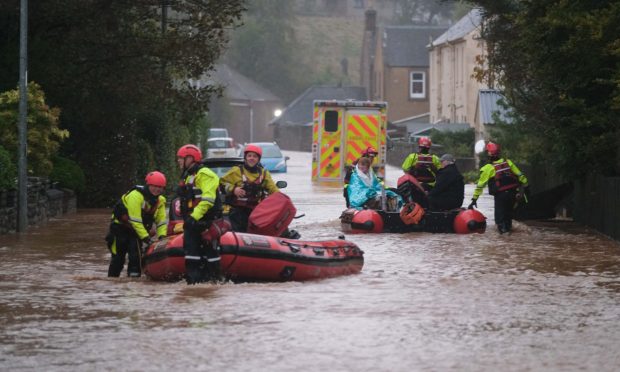
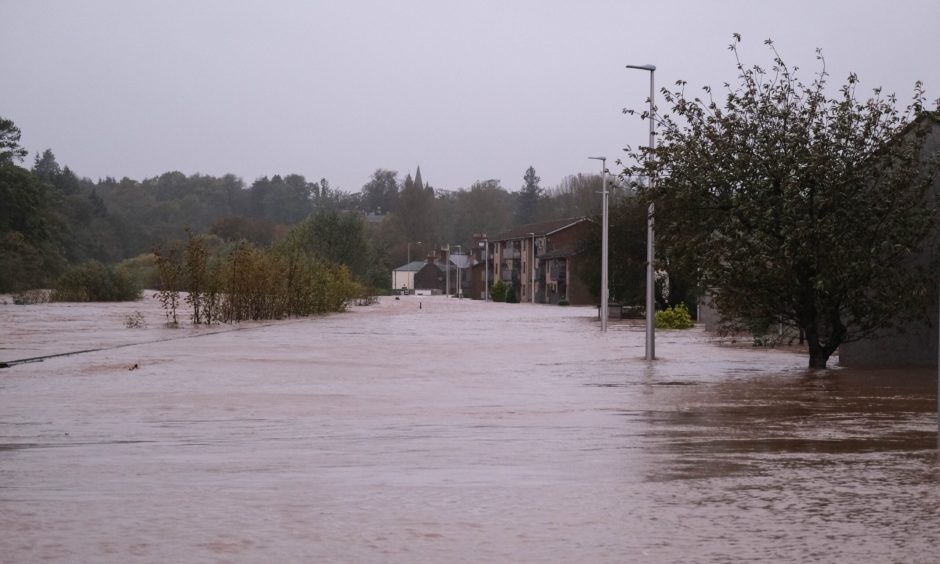
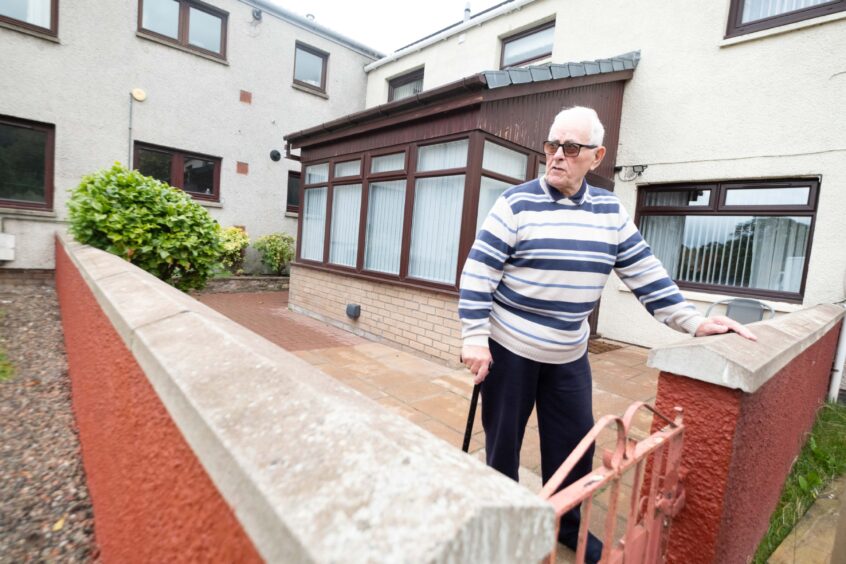
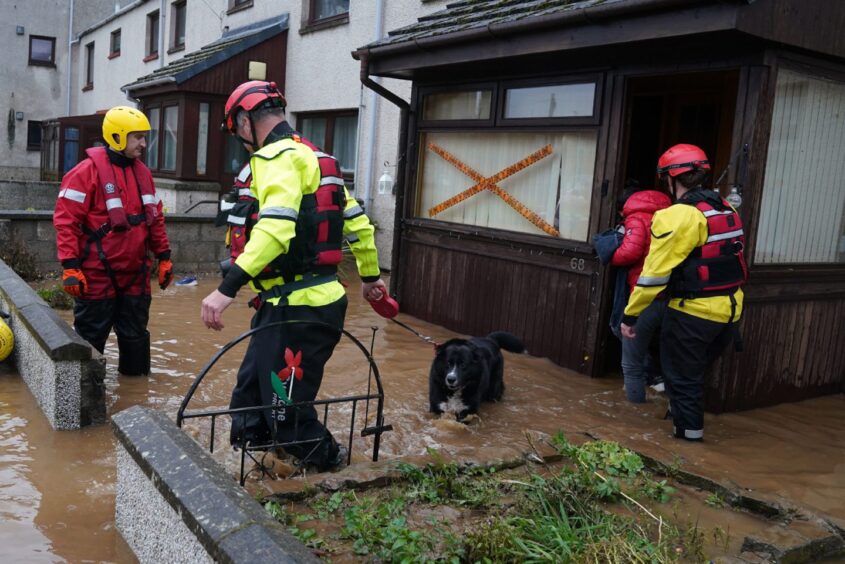

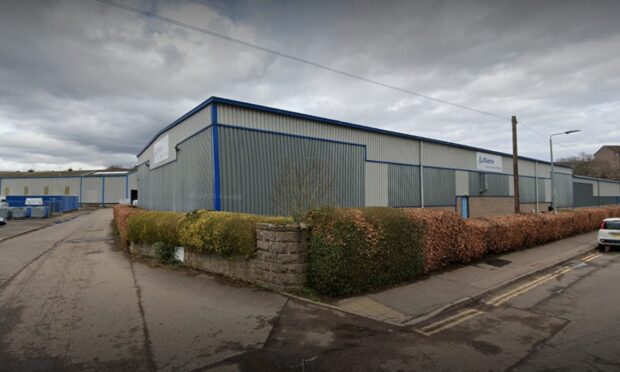


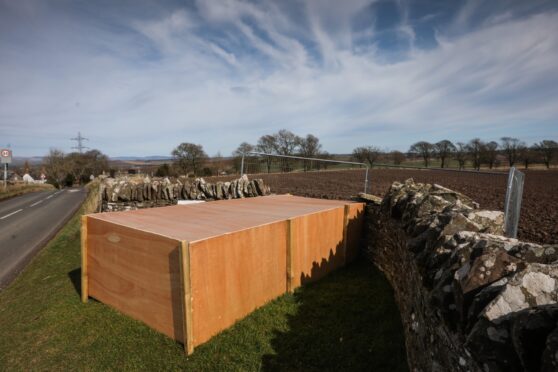

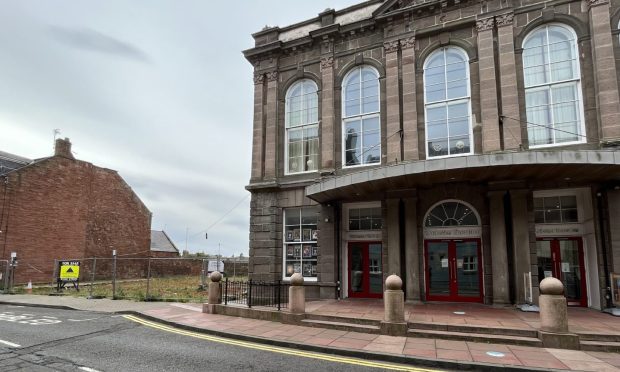

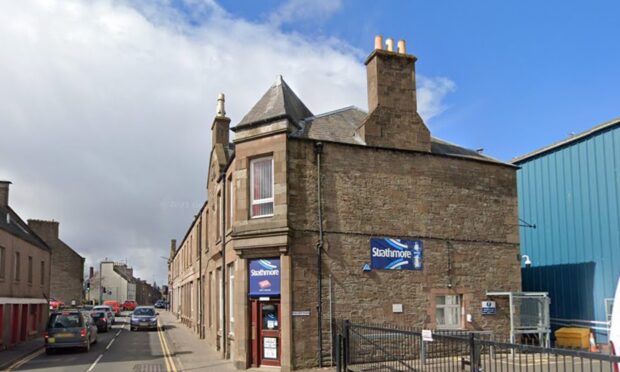

Conversation